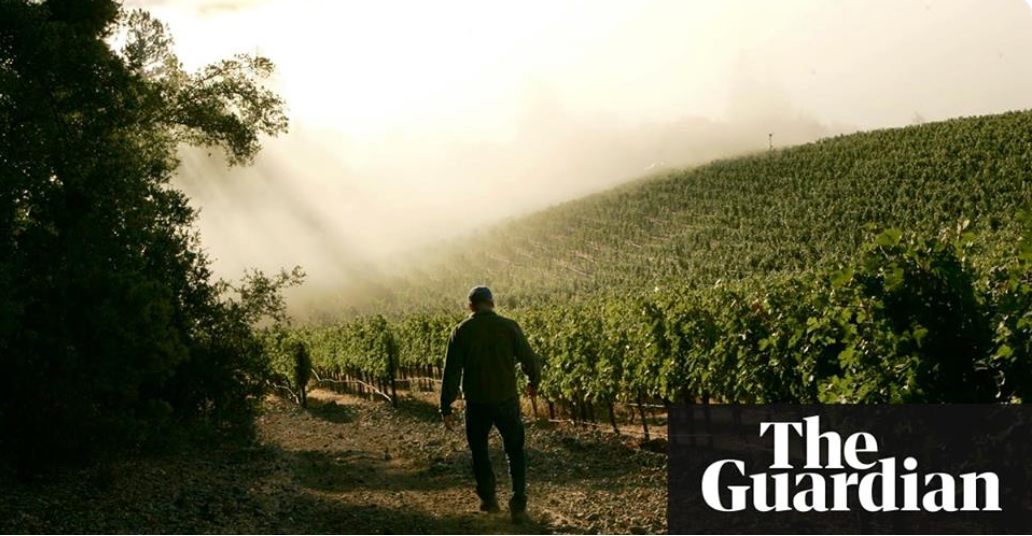The rise of Napa began with an upset. Warren Winiarski would know – his wine, a cabernet sauvignon, was a firm underdog at a legendary 1976 blind tasting in Paris, which pitted the best of France against the little-known California region.
His winery, Stag’s Leap, shocked the wine world by taking top honors. “It broke the glass ceiling that France had imposed on everyone,” he recalls. “People’s aspirations were liberated.”
Today Winiarski, 89, is speaking not of liberation, but of limits. A growing coalition of industry veterans and longtime residents fear that Napa has become a victim of its own success, pointing to the ecological transformation of the valley floor from dense oak woodland to a sea of vine-wrapped trellises. And they are posing a thorny question: has a unique agricultural region reached a tipping point at which agriculture itself becomes the threat?

